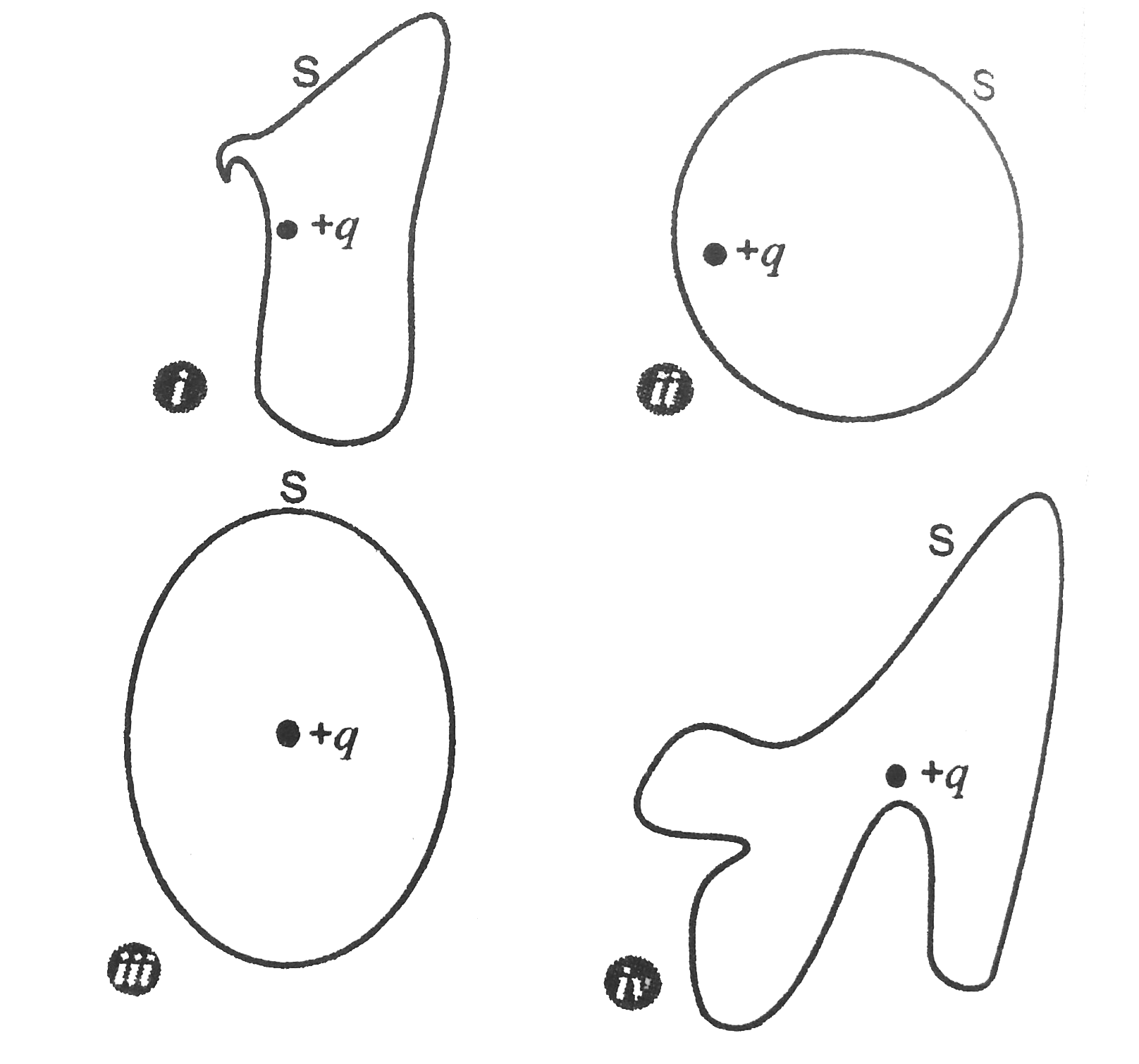Careful measurement of the electric field at the surface of a black box indicates that the net outward flux through the surface of the box is 8.0×103Nm2/C (a) what is the net charge inside the box ? (b) If the net outward flux through the surface of the box were zero, could you conclude that there were no charges inside the box ? Why or why not?
To solve the problem, we will use Gauss's law, which states that the electric flux (Φ) through a closed surface is equal to the charge (Q) enclosed by that surface divided by the permittivity of free space (ε₀). Mathematically, this is expressed as:
Φ=Qε0
Where:
- Φ is the electric flux,
- Q is the net charge enclosed,
- ε₀ is the permittivity of free space, approximately equal to 8.85×10−12C2/N m2.
Part (a): Calculate the net charge inside the box.
1. Identify the given data:
- The net outward flux through the surface of the box is given as:
Φ=8.0×103N m2/C
2. Use Gauss's law to find the charge:
- Rearranging Gauss's law gives:
Q=Φ⋅ε0
- Substitute the values into the equation:
Q=(8.0×103)⋅(8.85×10−12)
3. Calculate the charge:
- Performing the multiplication:
Q=8.0×103×8.85×10−12≈7.08×10−8C
- Converting to microcoulombs:
Q≈0.0708μC
Part (b): Analyze the situation when the net outward flux is zero.
1. Consider the implications of zero flux:
- If the net outward flux through the surface of the box is zero, we apply Gauss's law:
Φ=0⟹Q=0⋅ε0=0
- This means that the net charge enclosed by the surface is zero.
2. Determine if there can be charges inside the box:
- The net charge being zero does not imply that there are no charges inside the box. It is possible to have multiple charges that sum to zero. For example:
- Two positive charges (+q) and two negative charges (-q) would yield a net charge of zero.
- Therefore, the conclusion is that while the net charge is zero, there could still be charges present inside the box.
Final Answers:
(a) The net charge inside the box is approximately 0.0708μC.
(b) No, we cannot conclude that there are no charges inside the box. There may be charges present that sum to zero.
- Φ is the electric flux,
- Q is the net charge enclosed,
- ε₀ is the permittivity of free space, approximately equal to 8.85×10−12C2/N m2.
- The net outward flux through the surface of the box is given as:
Φ=8.0×103N m2/C
- Rearranging Gauss's law gives:
Q=Φ⋅ε0
- Substitute the values into the equation:
Q=(8.0×103)⋅(8.85×10−12)
- Performing the multiplication:
Q=8.0×103×8.85×10−12≈7.08×10−8C
- Converting to microcoulombs:
Q≈0.0708μC
- If the net outward flux through the surface of the box is zero, we apply Gauss's law:
Φ=0⟹Q=0⋅ε0=0
- This means that the net charge enclosed by the surface is zero.
- The net charge being zero does not imply that there are no charges inside the box. It is possible to have multiple charges that sum to zero. For example:
- Two positive charges (+q) and two negative charges (-q) would yield a net charge of zero.
- Therefore, the conclusion is that while the net charge is zero, there could still be charges present inside the box.
(a) The net charge inside the box is approximately 0.0708μC.
Topper's Solved these Questions
- ELECTRIC CHARGES AND FIELDSBOOK - NCERT ENGLISHCHAPTER - ELECTRIC CHARGES AND FIELDSEXERCISE - Exercise
34 Videos
- DUAL NATURE OF RADIATION AND MATTERBOOK - NCERT ENGLISHCHAPTER - DUAL NATURE OF RADIATION AND MATTEREXERCISE - All Questions
32 Videos
- ELECTROMAGNETIC INDUCTIONBOOK - NCERT ENGLISHCHAPTER - ELECTROMAGNETIC INDUCTIONEXERCISE - Exercise
17 Videos
Similar Questions
The electric flux through the surface

View SolutionThe electric flux through the surface

View SolutionThe electric flux through the surface

View SolutionFind flux through the hemispherical surface

View SolutionAn arbitrary surface encloses a dipole. What is the electric flux through this surface ?
View SolutionA charge Q is placed at the centre of a cube. Find the flux of the electric field through the six surfaced of the cube.
View SolutionIf the flux of the electric field through a closed surface is zero,
View SolutionA surface encloses an electric dipole. The electric flux through the surface is
View SolutionElectric flux over a surface in an electric field
View SolutionIf the magnetic field is parallel to a surface then, the magnetic flux through the surface is
View Solution
